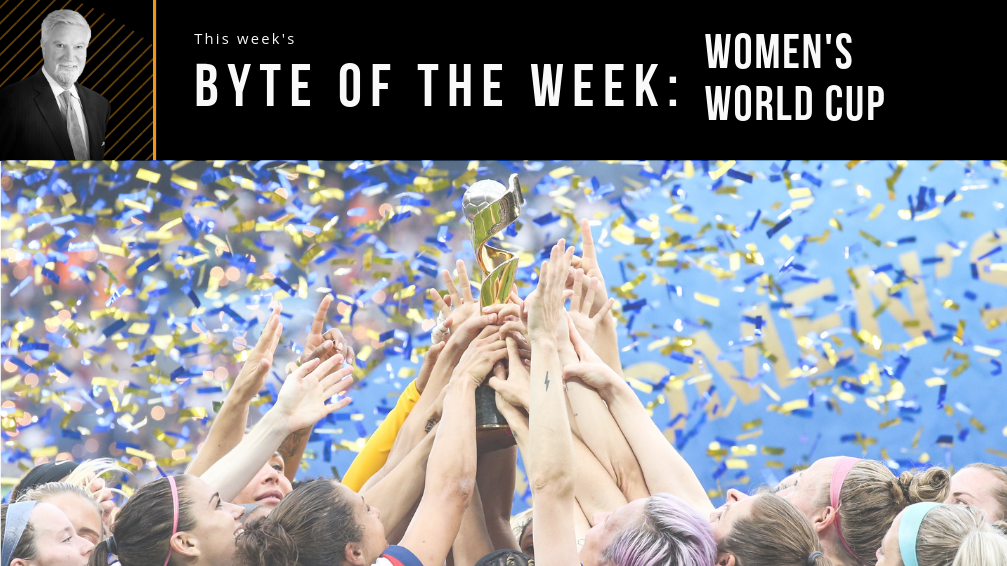What a great victory for the U.S. women’s soccer team with their World Cup final win this past Sunday. This was their fourth world title. It was also a tremendous victory for college sports because the majority of the U.S. roster played soccer in college. In fact, in this year’s World Cup, 21 of the 23 players on the U.S. team played Division I women’s soccer.
This is a testament to the influence of Title IX in this country and the investment by our colleges and universities into their Olympic sports. Our FBS schools collectively spend over $1 billion on their Olympic sports each year.
Other countries besides the United States have benefited from having NCAA athletes on their teams as well. Over 100 World Cup players and coaches got their start in NCAA soccer before they were stars on the world stage. NCAA athletes are playing on 16 different national teams. In fact, nearly a dozen NCAA student-athletes were called up to represent their national team this year while still enrolled in college. They are playing for countries such as Australia, Canada, Jamaica, New Zealand and Thailand.
In our surveys of our athletics directors, one of the consequences of paying student-athletes is that many of our non-revenue and low revenue Olympic sports would be cut. That would be truly unfortunate because these college sports are the development platform for international events like the World Cup.
Without these Olympic sports on our college campuses, the United States would not have its World Cup and Olympic victories.






